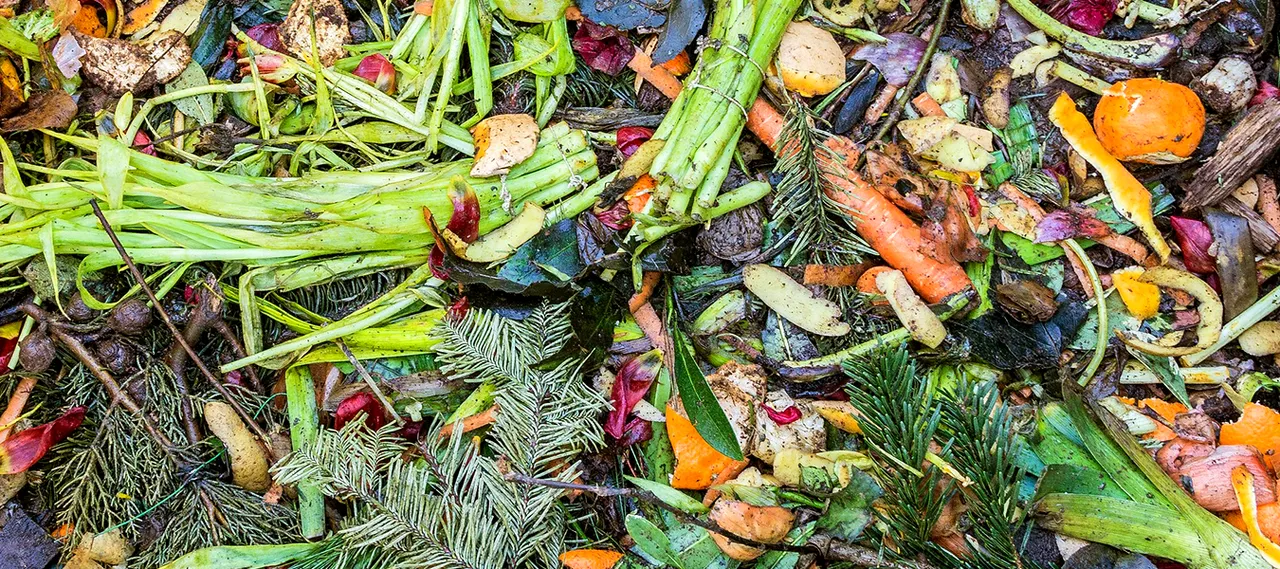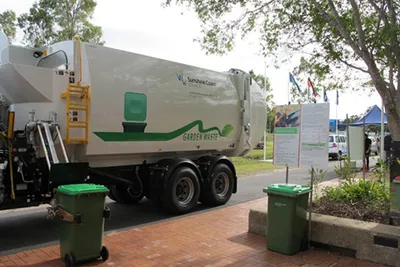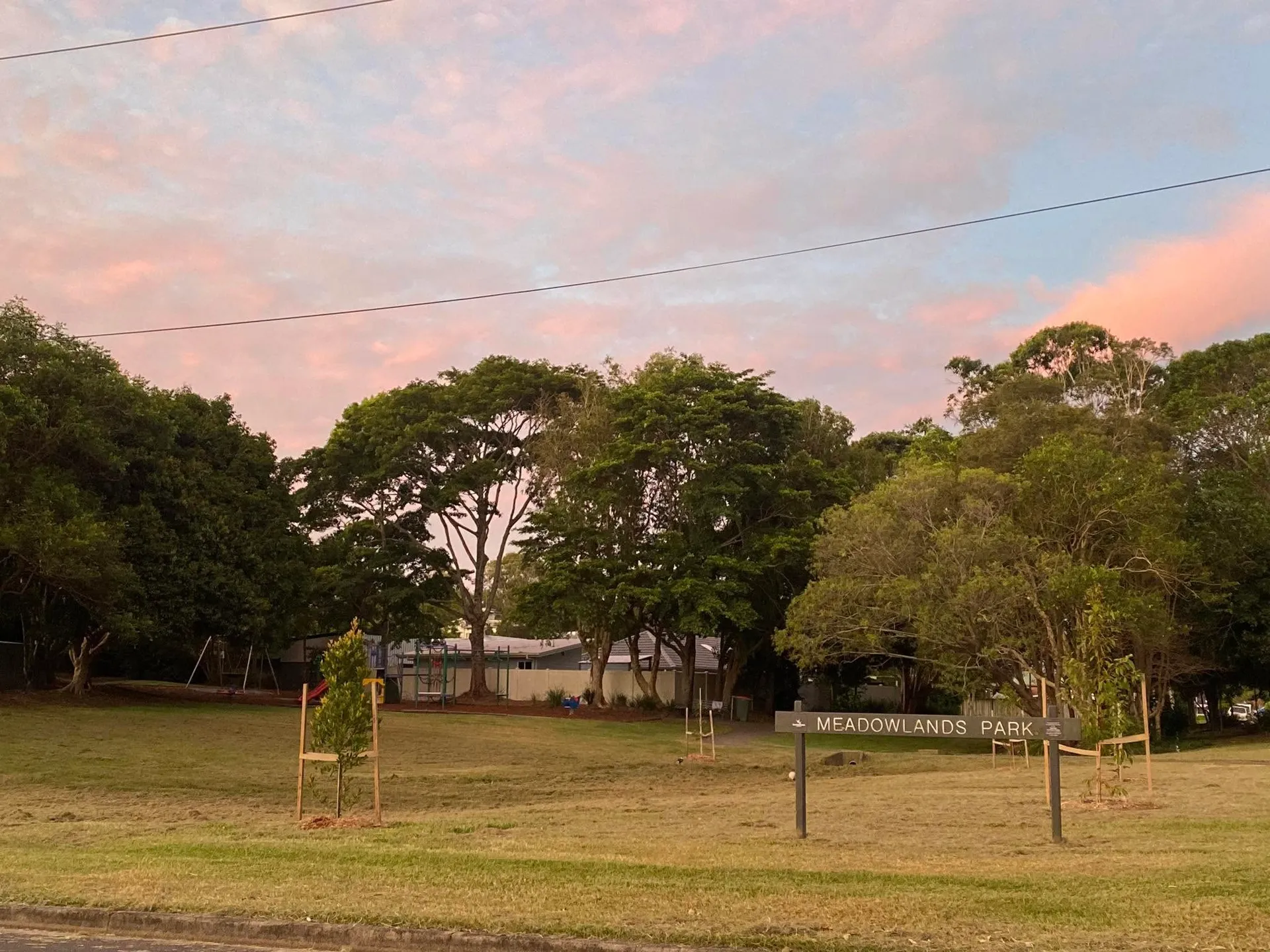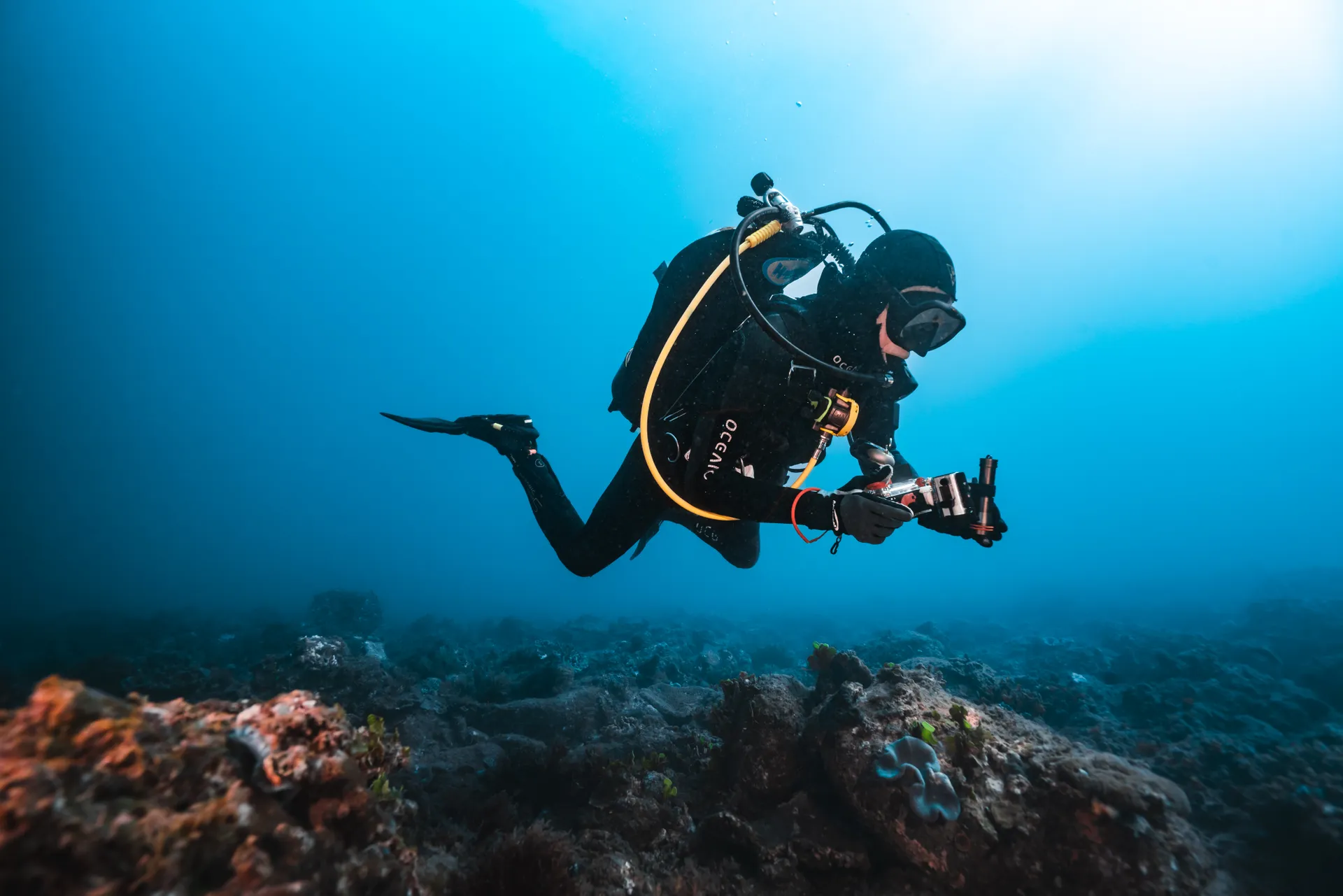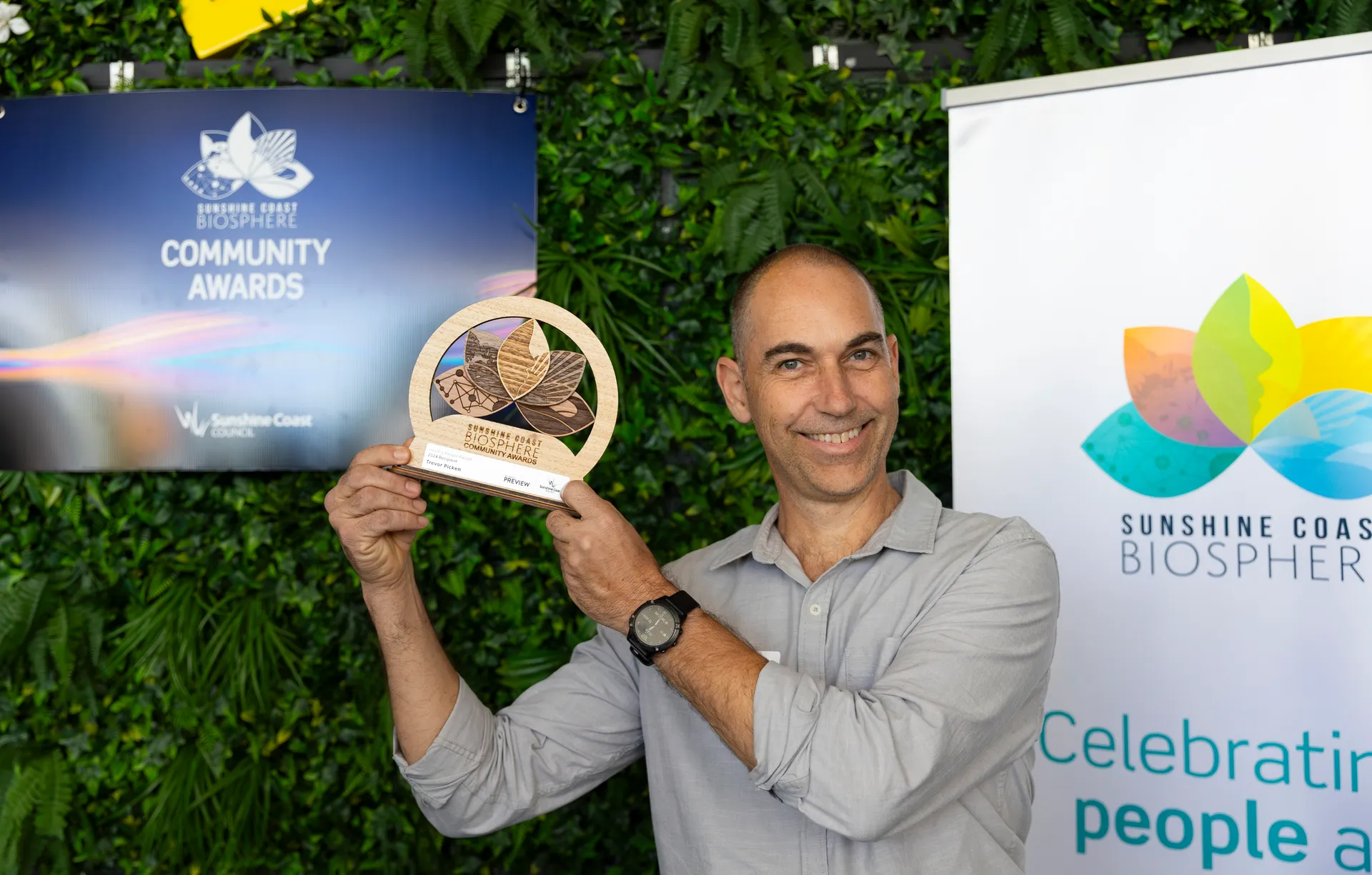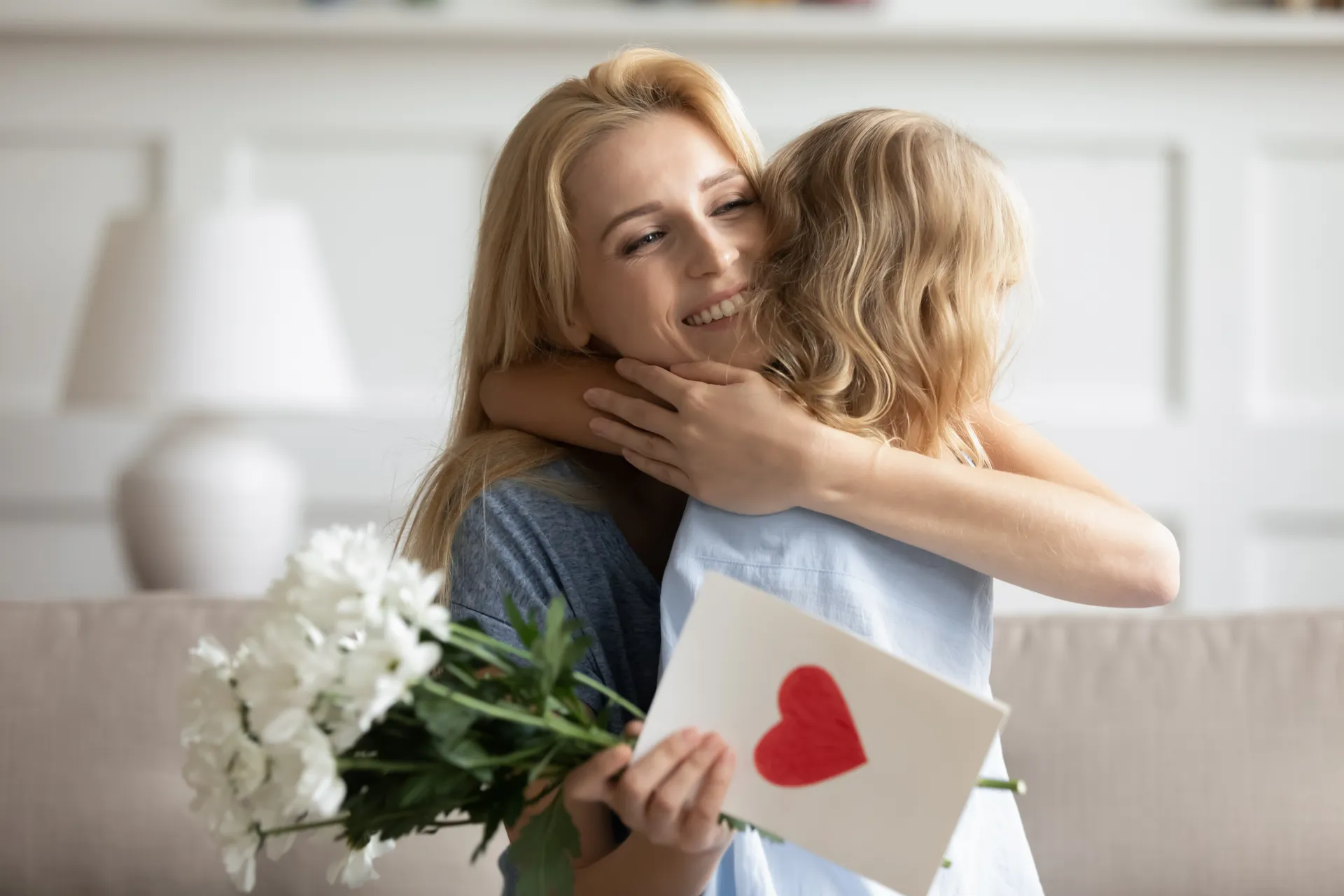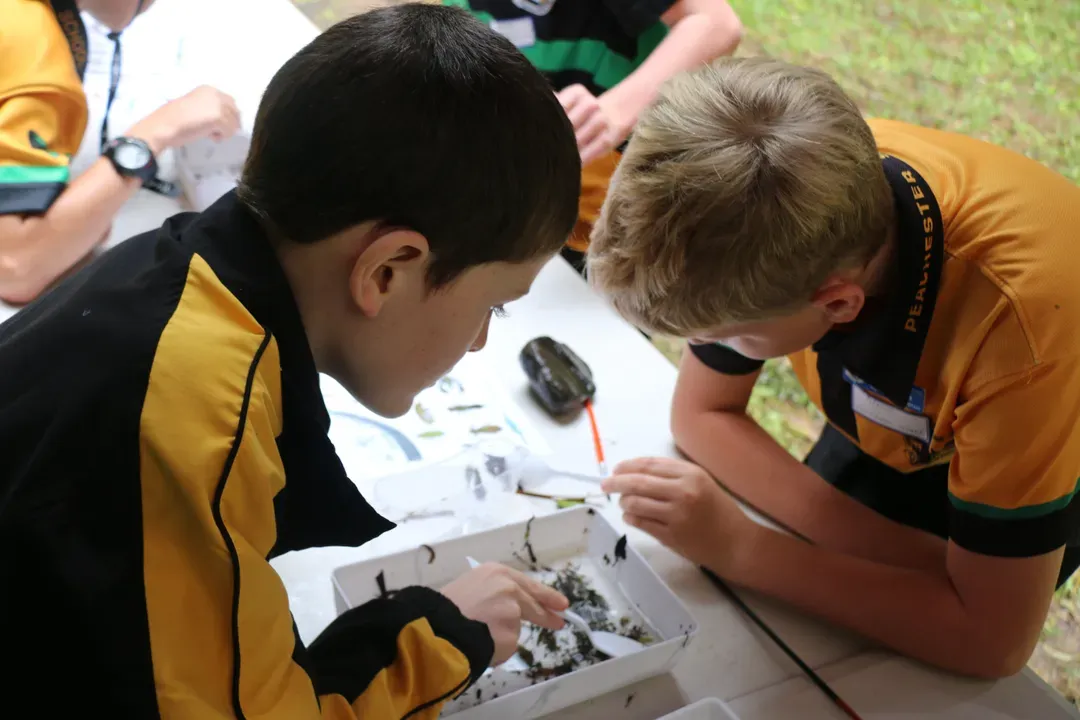Seasonal Planting for kitchen gardens - with Anne Gibson

Living Smart speaks with The Micro Gardener, Anne Gibson on gardening for the seasons in our region.
How would you describe our south-east Queensland climate?
We have a short, mild winter with low rainfall, and a humid wet summer with extreme heat and sunlight intensity.
We typically experience a long, warm to hot summer, near perfect growing conditions during autumn, and our short winter and spring, with a transitional period into summer.
Can you please explore the impact of the more extreme climate patterns on our gardens?
High humidity and rainfall over summer creates the perfect environment for many plant diseases such as powdery mildew, so it can be a challenging time to grow many foods. Repeated high temperatures can cause heat stress and even sunburn for many plants without some shade protection.
Unless the soil has a reservoir of moisture from recent rain, an irrigation system or regular watering, many plants will struggle, succumb to pests and diseases, or even die in these harsh conditions. Itâs a good time to grow in containers!
Heavy rainfall, particularly with our summer storms can waterlog soil (especially clay) by removing the air pockets and killing worms and microbes. Strong winds (particularly hot and dry ones) can also desiccate many plants, causing them to dry out much faster.
Sudden storms can bring hail damage unless plants have some sort of protective cover.
Check out my article Tips for wet weather gardening for ideas. Should you water after a really hot day or wait to see if forecast storms bring rain?
That depends! If thereâs no residual moisture in the soil and plants are obviously stressed (such as wilting leaves), then Iâd water those plants late in the day. If I think they can cope, I usually leave them but make sure they get a water early the following day if the storm doesnât eventuate. I recommend watering early morning in hot weather, so plants have access to moisture for the day ahead.
Ten water saving tips for your garden is a helpful resource.
How can we help wilted plants recover after a scorching day?
Watering the soil or spraying the plant leaves with liquid seaweed is an easy solution. This helps strengthen plants, so they have a better ability to cope with drought and heat stress.
However, it does depend on the plant. For example, spraying moisture onto pumpkin and zucchini leaves on a humid hot summery day can encourage mildew to develop. So, whilst you may be fixing one problem, you could potentially create another.
Providing shade protection and mulching can also minimise moisture loss.
What crops should be avoided in the summer months?
European vegetables and herbs that prefer cooler weather. These include rocket, cauliflower, broccoli, Brussels sprouts, peas, slow-to-bolt coriander and garlic. There are exceptions if you choose the right varieties. For example, there are heat tolerant varieties of lettuce and broccoli that will grow though spring into summer. However, there is still a wide range of summer crops that do well in the heat and can keep you well fed.
Are there crops that can be companion planted to help mitigate the impact of summer pests?

The best tip is to have a diverse variety of plants in your garden. The more varied the planting the better. Herbs and flowers may not add a lot of food to your plate, but they attract beneficial insects which prey on pest insects.
Herbs and strongly scented plants such as nasturtiums, marigolds, tansy, chives, mustard, rosemary and calendula help attract beneficial insects while masking the scent of nearby edibles.
You can also plant tall growing edibles to shade smaller ones which will help minimise heat stress.
Check out the articles Design tips for a productive kitchen garden and Imitate nature for higher yields and less pests for design and pest management strategies.
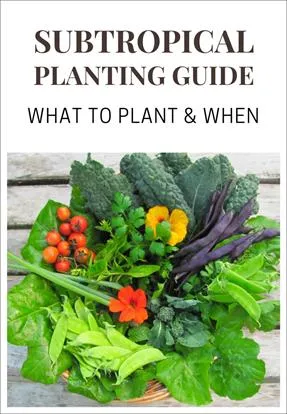
Can garden centres be relied upon to stock varieties that are in season?
If you are buying seedlings from a retail outlet, nursery or grower, they will most likely be selling the vegies and herbs that are suitable for planting in the current season. However, this is not always the case.
I recommend reviewing a plant calendar or local planting guide before shopping for seeds or seedlings rather than relying on retailers to do the right thing by you.
What are the critical factors in selecting suitable varieties for a particular climate?
The season is the most important factor in deciding what edible plants to grow. Once you understand when our local seasons start and finish, it makes it much easier to choose plants that will thrive at that time of year.
Creating microclimates in your garden to foster suitable growing environments can help open up opportunities to extend your harvest time and grow some varieties for longer periods.
Other considerations include the time and space available, your skill level and the amount of sun, shade and water accessible.
Fruiting crops need full sun to flower e.g. tomatoes, eggplant, berries and fruit trees and are very thirsty. Many leafy greens, herbs and root crops can cope with partial shade especially in hot weather. e.g. lettuces, spinach, basil and silverbeet.
Why did you create your seasonal gardening guide and where is it available?
My double-sided, laminated guide was created to help make seasonal planting and gardening activities easier.
This tool has been designed to take the pain and frustration out of not knowing what to plant and when in our subtropical climate in south-east Queensland.
Itâs an, easy-to-use reference guide you can use year after year, with tick boxes you can wipe off when tasks are done. Itâs ideal for keeping on the fridge or in the garden shed.
The Subtropical Planting Guide can be purchased at https://themicrogardener.com/product/subtropical-planting-guide-seasonal-gardening/

